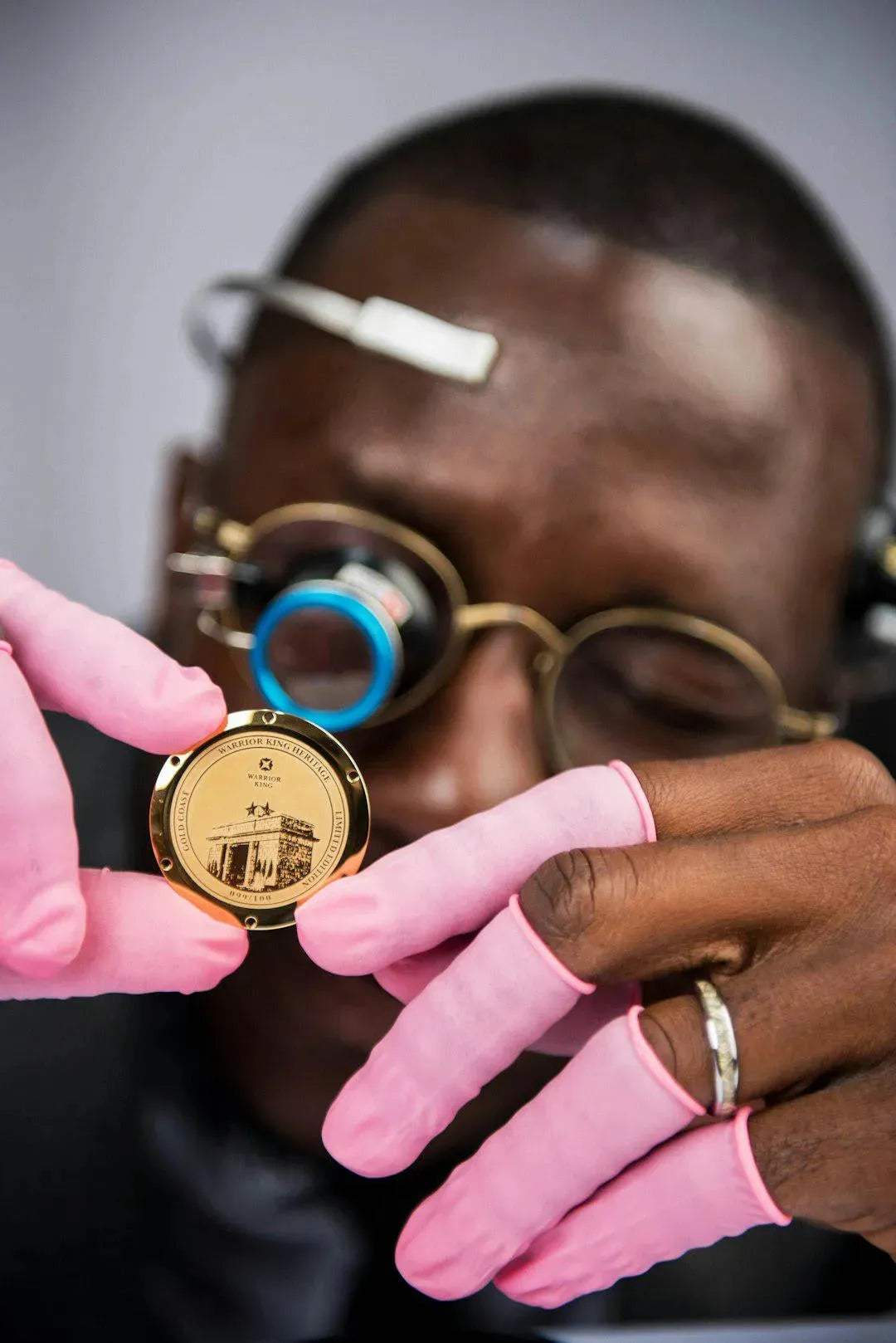Wearing a timepiece powered by intricate mechanical movements encompasses a blend of art, science, and craftsmanship. For watch aficionados, the mesmerizing inner workings of a mechanical watch are a source of fascination and admiration. However, the question of how to effectively maintain and preserve these delicate mechanisms often arises. This leads us to explore the role of watch winders and their impact on the longevity and performance of mechanical movements.
Mechanical Movements: A Symphony of Precision
Before delving into the world of watch winders, it's essential to understand the fundamentals of mechanical movements. Unlike their quartz counterparts, mechanical watches rely on intricate gears, springs, and escapements to keep time ticking. These movements, often visible through exhibition case backs, are powered by the winding of the mainspring, which stores energy to drive the watch.
The Purpose of Watch Winders
Watch winders are devices designed to mimic the natural motion of the wrist to keep automatic watches wound when not in use. By rotating the timepiece at regular intervals, watch winders ensure that the mainspring remains tensioned and the movement stays lubricated. This continuous operation can prevent the components from experiencing unnecessary wear and tear due to inactivity.
Preserving Precision: The Role of Watch Winders
One of the primary benefits of using a watch winder is the preservation of the watch's accuracy. When a mechanical watch stops, readjusting the time and date can be a tedious task. By keeping the watch wound and running, a watch winder maintains the accuracy of the timepiece, ensuring that it's ready to wear at a moment's notice.
Enhancing Longevity and Performance
Consistent use of a watch winder can also contribute to the longevity and performance of the mechanical movement. By preventing the lubricants from settling and solidifying, watch winders help in preserving the smooth operation of the gears and components within the watch. This regular movement and winding can also reduce the chances of parts becoming seized or rusted.
Customized Settings for Optimal Performance
Modern watch winders offer a range of customizable settings to cater to different types of watches and movements. With options to adjust the direction, speed, and rest periods of rotation, watch winders can be tailored to meet the specific requirements of various timepieces. This versatility ensures that each watch receives the optimal level of winding and care.
Choosing the Right Watch Winder
When selecting a watch winder for your mechanical timepieces, consider factors such as the direction of rotation (clockwise, counterclockwise, or bidirectional), the number of rotations per day, and the suitability for the size and weight of your watch. Investing in a quality watch winder that aligns with the specifications of your watch can significantly impact its performance and longevity.
Preventing Overwinding: A Crucial Consideration
While consistent winding is essential for maintaining the function of a mechanical watch, it's crucial to avoid overwinding the mainspring. Overwinding can put excess stress on the components of the movement, leading to potential damage or decreased accuracy. Be sure to adhere to the manufacturer's recommendations and adjust the winding settings accordingly.
Understanding Rotational Patterns
Rotational patterns refer to the direction and intervals at which a watch winder turns the timepiece. Different movements, such as ETA or Valjoux, may benefit from specific rotational patterns to ensure optimal winding and performance. Researching the recommended rotational patterns for your watch's movement can help you maximize the benefits of using a watch winder.
Conclusion: Nurturing Your Timepieces with Precision
As guardians of your cherished mechanical watches, watch winders play a vital role in maintaining their precision and performance. By investing in a quality watch winder, adjusting the settings to suit your timepieces, and understanding the nuances of watch winding, you can ensure that your mechanical movements stand the test of time. Explore the world of watch winders and witness the transformative impact they can have on your horological journey.







Leave a comment